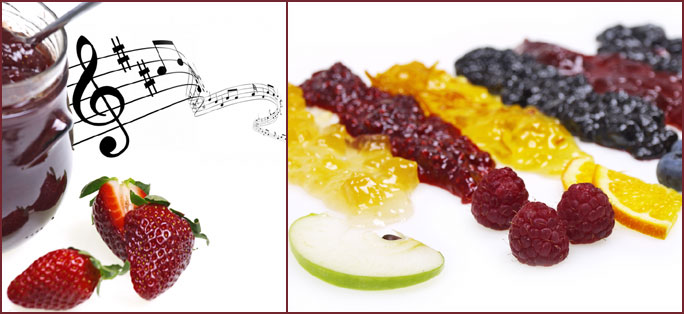Way back in the Dark Ages, about 1978, I wrote my first food page. It was about strawberries, and part of it was preserves. “Jam some in a jar,” I wrote. “What does that mean?” a copy editor asked. No matter how patiently I tried to explain it, he just couldn’t grasp the subtlety.
Now, 35 years later … It’s strawberry season. Take some berries and jam them in a jar. There. I said it again. Now is the time to think about jam — and jelly — making. But, no matter how good a buy berries are, you can only make so much strawberry jam.
Wouldn’t it be nice to make strawberry-mango or strawberry-peach or strawberry-blueberry or strawberry-fig or strawberry-elderberry or strawberry-orange or … whatever is in season after the berries are gone? You can.
Freeze strawberries in one-cup or two-cup portions and haul them out when our other fruits are here. A cup of fruit in small pieces weighs more than a cup of whole berries. Write the weight or volume of fruit on the bag with a felt-tip marker before filling.
Air is the enemy of frozen fruit. If you don’t have an electric freezer gizmo that bags airless fruit, you can get much of the air out by sucking on a drinking straw slipped down the edge of the bag. Freeze chopped or pureed fruit flat. The thinner the slab of fruit, the quicker it will thaw.
If you want seedless jam, run the fruit through a food mill with the finest blade. Blueberries can benefit from a crank in a food mill, too, for seedless strawberry-blueberry jam.
And never throw away a banana. How can you spot a bored Floridian? He’s the one sitting around watching bananas turn brown. It seems to take just a few hours. Peel and wrap in plastic wrap. They will turn color but make great jams and smoothies.
Pectin is the surest way to get a jam to jell. Just follow the directions on the package. The company has made a lot more jam than you have while experimenting to get it right. But people made jams for centuries before pectin. Enough sugar, enough acid, and enough fruit high in pectin make jam. Unfortunately, under-ripe fruit usually has more pectin than ripe fruit. Citrus and apples produce bushels of commercial pectin.
But, let’s face it, regular jam-making means sterilizing jars and lids and boiling jars of jam to make the sweetness safe. Freezer jam doesn’t need all that work. That’s good because few of us have that kind of time these days.
Basic ratios for freezer jam are:
• 3 cups mashed fruit
• 5 cups sugar
• 1 cup water in which to dissolve the pectin. Read the recipe on the pectin container. Liquid and powdered do not work exactly the same.
To make jam with frozen fruit:
Put the fruit in a wide pan and let it thaw. Add fresh fruit to make up the quantity in the recipe on the box. Add sugar and mix. Let it sit for 20 minutes. Mix granulated pectin and water and boil one minute. Pour it over the fruit and stir two minutes or so.
Pour it into sterile containers, glass or plastic, with a half-inch of headspace. Let sit on the counter, covered, for 24 hours to jell.
Keep a container in the fridge for eating. It will stay good for a couple of weeks. Freeze the rest up to a year.
That’s what “Jam some in a jar” means.
article by TRENT ROWE
Trent Rowe is the food editor of Central Florida Ag News.

